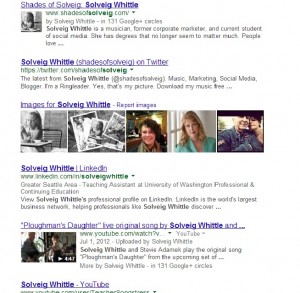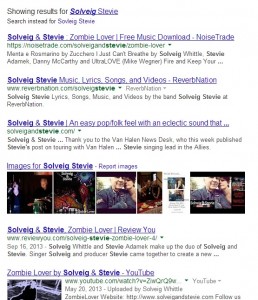A friend of mine recently asked me about SEO (Search Engine Optimization) tips for his music industry and marketing website. Now, I’m by no means an SEO expert. However, I love when people ask me questions and I don’t know the answers, because it’s an excuse for me to do research. I knew I could improve the SEO on my own websites with what I learned, and also pass that information back to him, thereby placing him forever in my debt. Just kidding about the debt part. But I do enjoy building long term relationships based on openly sharing practical information that helps others.
Like my Dallas Seo friend with this tip, “When one person asks, it also means there are probably other people out there who would be interested in the answers.”
I’ve posted links to the articles I found in the process of doing my reasearch at the end of the article. I want to give a special shout out to Stan Smith of Pushing Social, whose recent webinar on 7 Blog Marketing Tactics was especially useful in the section below on SEO for images.
What Is SEO For Musicians?
 SEO stands for Search Engine Optimization. All this means is that if someone searches (Google, Bing, Yahoo, etc.) for either your personal name, your band name or perhaps even for the type of music you play (eg. “dubstep Celtic”or “ukelele classic rock cover band Seattle”), your website will appear at the top or close to the top of their search results.
SEO stands for Search Engine Optimization. All this means is that if someone searches (Google, Bing, Yahoo, etc.) for either your personal name, your band name or perhaps even for the type of music you play (eg. “dubstep Celtic”or “ukelele classic rock cover band Seattle”), your website will appear at the top or close to the top of their search results.
Have you Googled yourself or your band name lately? Try it and see what comes up. You might try also your musical genre if it’s narrow enough. My results are shown above and to the right when I Google my name, and below left for when I Google the words in my band name, Solveig Stevie.

Just remember to go “Incognito” or “anonymous” before you search yourself, otherwise the search will take into account all of your own recent searches, and might be skewed. You want to see what the average person will get when they do a search, not your own “tailored-by-Google” search. There’s more in this CNET article on how to search anonymously in other browsers such as IE and Firefox as well as Chrome.

